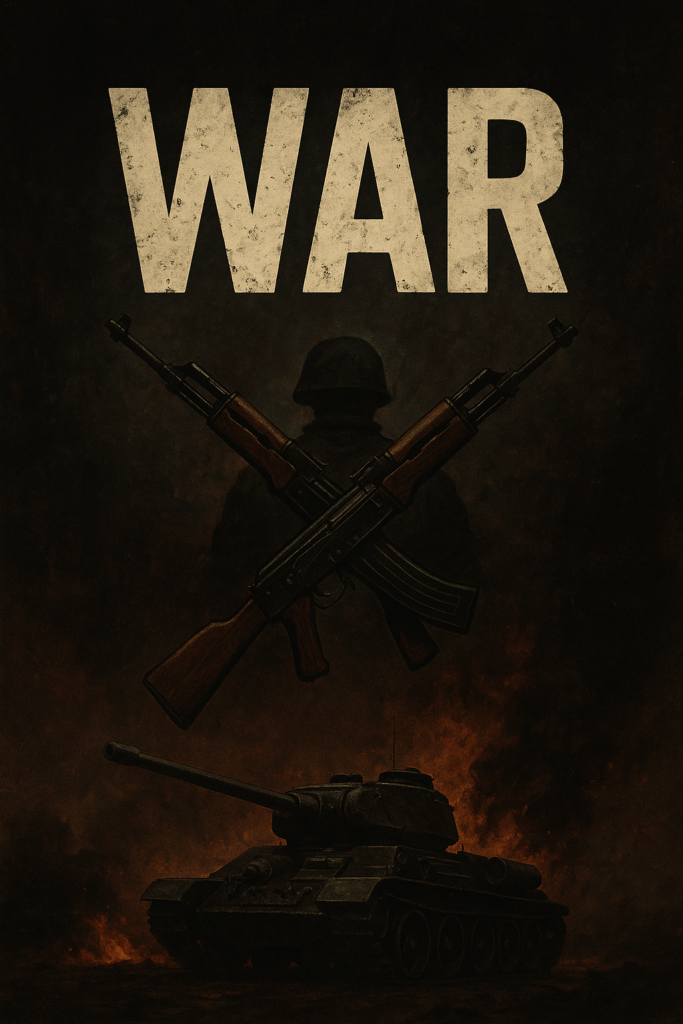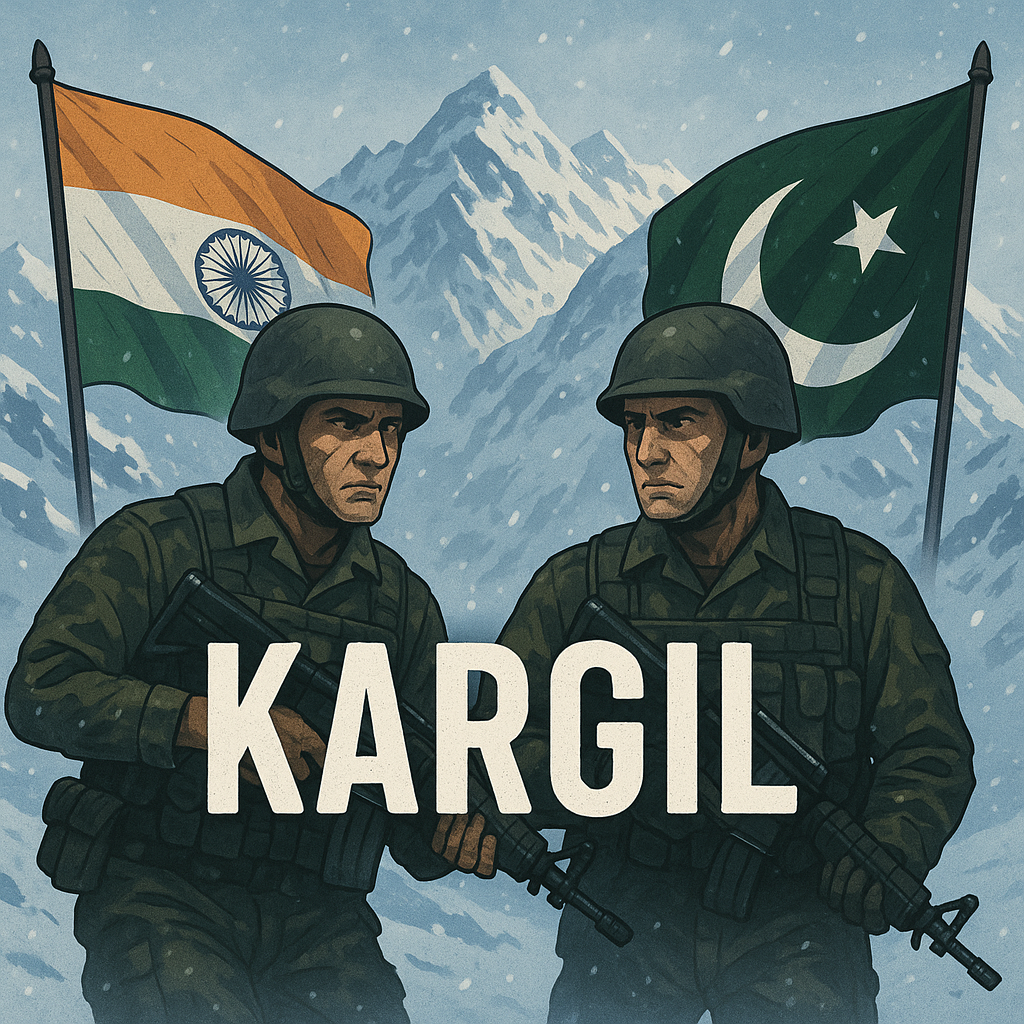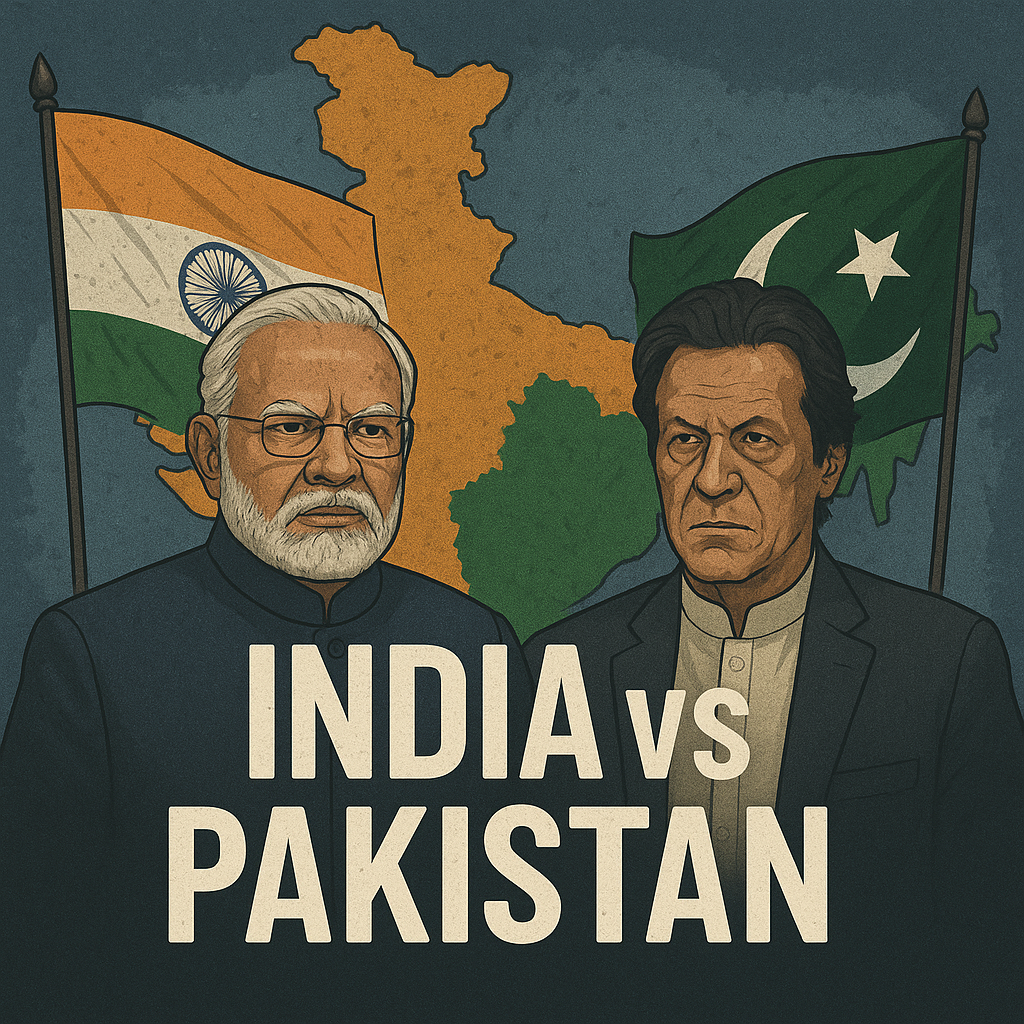India-Pakistan Wars: A Detailed Overview
Introduction
The India-Pakistan wars are a series of military conflicts between the Republic of India and the Islamic Republic of Pakistan, two neighboring South Asian nations born out of the partition of British India in 1947. The partition was accompanied by mass violence and deep-seated animosity, primarily over the princely state of Jammu and Kashmir. Since independence, the two countries have fought four full-scale wars and numerous skirmishes, primarily over territorial disputes and ideological differences.
1. The First India-Pakistan War (1947–1948) – The Kashmir War
Cause
The root of the first war lay in the princely state of Jammu and Kashmir. When Pakistan-backed tribal militias invaded Kashmir in October 1947, the Maharaja of Kashmir, Hari Singh, opted to accede to India in return for military assistance.
Major Events
- Indian troops were airlifted to Srinagar to repel the invaders.
- Fierce fighting ensued in regions such as Baramulla and Uri.
- The war continued until the end of 1948.
Outcome
A ceasefire was brokered by the United Nations on January 1, 1949. A Line of Control (LoC) was established, with India retaining two-thirds of Kashmir and Pakistan the rest (now called Azad Jammu and Kashmir and Gilgit-Baltistan). The conflict sowed the seeds for future hostility.

2. The Second India-Pakistan War (1965)
Cause
The second war was again centered on Kashmir. Pakistan launched Operation Gibraltar, sending infiltrators into Jammu and Kashmir to incite rebellion against Indian rule.
Major Events
- The infiltration was discovered, and India responded with a full-scale military attack.
- Major battles occurred in Akhnoor, Khem Karan, and Lahore sectors.
- Both sides suffered heavy casualties.
Outcome
A United Nations-mandated ceasefire was declared on September 23, 1965. The Tashkent Agreement, brokered by the Soviet Union, was signed in January 1966, calling for a return to pre-war positions and the normalization of relations. The war failed to alter the territorial status quo but deepened mutual distrust.
3. The Third India-Pakistan War (1971) – The Bangladesh Liberation War
Cause
This war was triggered by the Bangladesh Liberation Movement in East Pakistan (now Bangladesh) and the ensuing humanitarian crisis. India supported the Bengali nationalist Mukti Bahini after millions of refugees fled to India.
Major Events
- On December 3, 1971, Pakistan launched pre-emptive air strikes on Indian airbases.
- India responded with full-scale war on both eastern and western fronts.
- The Indian Army advanced swiftly in East Pakistan with the support of the Mukti Bahini.
Outcome
On December 16, 1971, Pakistani forces in East Pakistan surrendered to the Indian Army in Dhaka. Over 90,000 Pakistani soldiers were taken as prisoners of war. Bangladesh emerged as an independent nation. The Shimla Agreement (1972) laid the groundwork for peaceful bilateral resolution of disputes.
4. The Kargil War (1999)

Cause
Pakistani soldiers and militants infiltrated Indian positions in the Kargil sector of Jammu and Kashmir, violating the LoC.
Major Events
- India launched Operation Vijay to recapture the heights occupied by the intruders.
- Fierce high-altitude warfare ensued, particularly in Dras, Batalik, and Tiger Hill sectors.
- International diplomatic pressure, especially from the United States, mounted on Pakistan.
Outcome
India recaptured the majority of its positions by July 1999. Pakistan suffered heavy military losses and diplomatic isolation. The war reasserted India’s control over Kargil but underlined the fragility of peace.
Other Notable Conflicts and Tensions
1. Siachen Conflict (1984–present)
India launched Operation Meghdoot to occupy the Siachen Glacier, the highest battlefield in the world, in response to Pakistani attempts to assert control.
2. Cross-Border Skirmishes and Terror Attacks
- 2001 Indian Parliament attack
- 2008 Mumbai attacks
- Uri attack (2016) and India’s retaliatory “surgical strikes”
- Pulwama attack (2019) and Balakot airstrike
These incidents have often brought the nations close to war but have so far stopped short of full-scale conflict.
Impact and Legacy
Human and Economic Costs
- Thousands of lives lost across both militaries and civilians.
- Massive economic drain due to military spending.
- Displacement and suffering, particularly in Kashmir.
Diplomatic Relations
Relations remain volatile, with brief periods of dialogue followed by long standoffs. Peace efforts like the Agra Summit, Lahore Declaration, and people-to-people exchanges have had limited success.
Nuclear Dimension
Both nations declared themselves nuclear powers in 1998. The presence of nuclear weapons has added a dangerous dimension to their rivalry, emphasizing the need for restraint and diplomacy.
Conclusion
The wars between India and Pakistan are not just military engagements but deeply rooted in history, identity, and politics. While outright war has been avoided since 1999, recurring skirmishes and terror-related incidents continue to threaten regional stability. Lasting peace will depend on sustained dialogue, mutual trust-building, and a willingness to resolve the Kashmir issue through peaceful means. In an era of global interdependence and rising economic challenges, both nations stand to gain more from cooperation than conflict.

© 2025 India-Pakistan Conflict Overview



